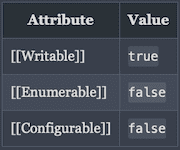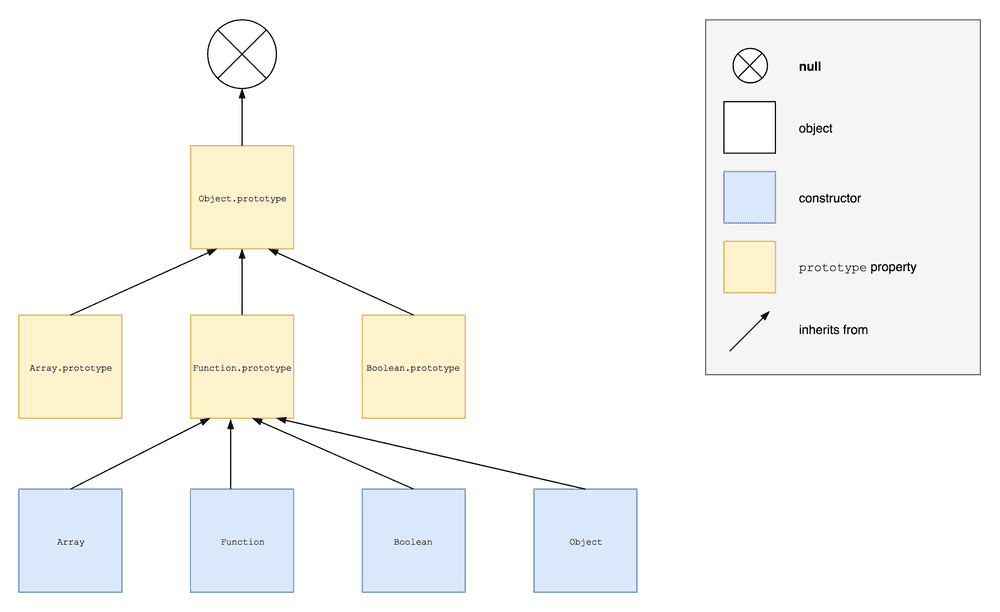[[Prototype]] and prototype
Much confusion about prototypes can be avoided by clearly distinguishing between the prototype property of ordinary synchronous functions and the internal [[Prototype]] property present on all JavaScript objects.
prototype
Some built-in functions and all user defined ordinary synchronous functions get created with an own prototype property (along with the name and length properties) having the following attributes:

This allows those functions to operate as constructors (shared methods and properties can be defined on the prototype object).
[[Prototype]]
All JavaScript objects have an internal [[Prototype]] property that points to their prototype, which can either be another object or null.
Legacy
Many browsers implemented an accessor property __proto__ that exposed the internal [[Prototype]] property. This was included in ES6 as a legacy feature but is deprecated and should not be used. Instead Object.getPrototypeOf() and Object.setPrototypeOf() are now available (see Prototype Chain).
Example
As an illustration of the difference between the prototype and [[Protoype]] properties, consider part of the built-in prototype chain:

The diagram makes sense once one realises that all constructors are functions and thus inherit from Function.prototype, while the prototype properties refer to ordinary objects which thus inherit from Object.prototype. (Note the special case of Function, for which the own prototype and the internal [[Prototype]] properties point to the same object: Function.prototype.)
Resources
- Chapter 4 - Constructors and Prototypes, The Principles of Object-Oriented JavaScript, Zakas (2014).